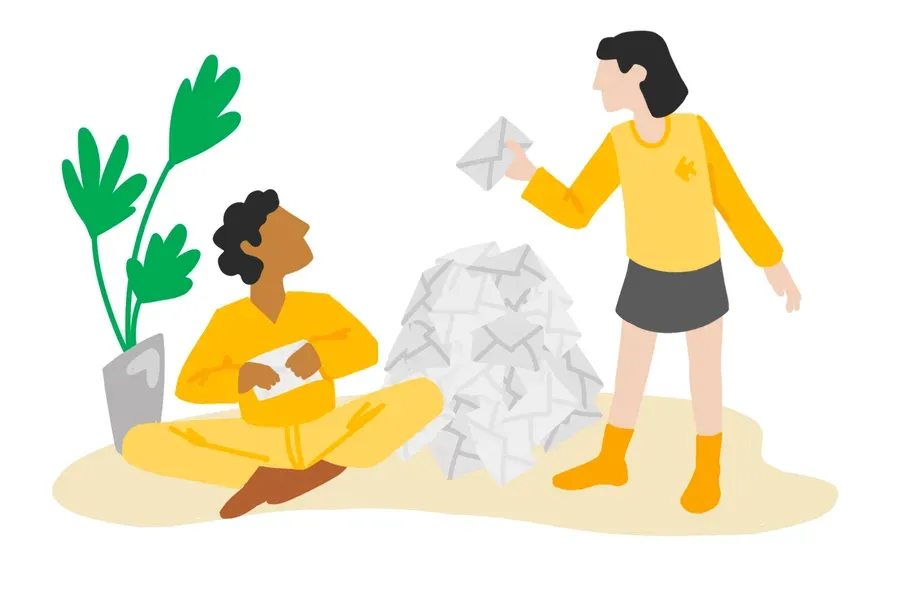In today's digital age, email has become both a blessing and a curse. According to various studies, the average office worker spends about 28% of their workweek just managing emails. That's nearly one-third of our time focused solely on an activity that, although necessary, is often inefficient and stress-inducing.

The mental toll of a cluttered inbox is not to be underestimated, either. The constant influx of unread messages, many of which are irrelevant or non-urgent, can lead to decision fatigue, increased stress levels, and even anxiety. Poor email management isn't just a personal burden; it also affects organizational productivity.
A case study from the Harvard Business Review highlighted that employees who implemented poor email management practices were more likely to experience task overload, leaving them less time for essential job functions and strategic thinking. This shows that the inefficiencies caused by email overload can ripple through an entire organization, affecting both individual and collective performance.
What is Zero Inbox
The Zero Inbox Strategy is a holistic approach to email management that aims to keep your inbox empty, or nearly empty, at all times. Originated by productivity expert Merlin Mann, this strategy focuses on processing emails efficiently so that they don't accumulate and become a source of stress or distraction. The key principles behind Zero Inbox include immediate action upon reading an email—either by responding, deleting, archiving, or deferring it for later action. This process is designed to help you make quick decisions, thereby reducing the mental clutter that comes with an overloaded inbox.
Steps to Implement Zero Inbox
Implementing the Zero Inbox strategy involves a series of organized steps aimed at optimizing your email management process. Here's how you can go about it:
Step 1: The Initial Cleanup
The first step is to declutter your existing inbox. This involves going through each email and deciding what to do with it. Options include:
- Deleting: Remove spam and irrelevant emails immediately.
- Archiving: Store important emails that you don’t need immediate access to.
- Unsubscribing: Opt out of newsletters or mailing lists that you no longer wish to follow.
By the end of this process, your inbox should only contain emails that require immediate action or attention.
Step 2: Streamlining Incoming Emails
The next step involves setting up a system to efficiently handle new incoming emails. This can be achieved through:
Filters and Rules: Most email clients offer features to automatically sort incoming emails based on predefined criteria like sender, subject, or keywords. Use this to direct emails into appropriate folders or labels.
Prioritization: Identify important emails and either flag them or move them into a dedicated "Important" folder. This will help you focus on what needs immediate action.
Batching and Time-Blocking: Rather than checking emails throughout the day, allocate specific times to manage your inbox. This ensures you're not consistently distracted and can focus on other important tasks.
Step 3: Maintaining the Zero Inbox
After the initial setup, the key to sustaining a Zero Inbox is routine maintenance. This involves:
Daily Review: At the end of each day, review your inbox to ensure that all emails have been attended to in some manner. Keep the inbox empty or close to empty at all times.
Utilizing Tools: Consider using additional tools or plugins designed to streamline email management. These can help schedule emails, set reminders, and automate repetitive tasks.
Busy Period Strategy: Even in busy times, stick to your Zero Inbox principles. If you can't act on an email immediately, use a “snooze” function or defer it to a specific folder for later action.
By consistently applying these steps, the Zero Inbox strategy becomes less of a cleanup operation and more of a sustainable, stress-reducing lifestyle.